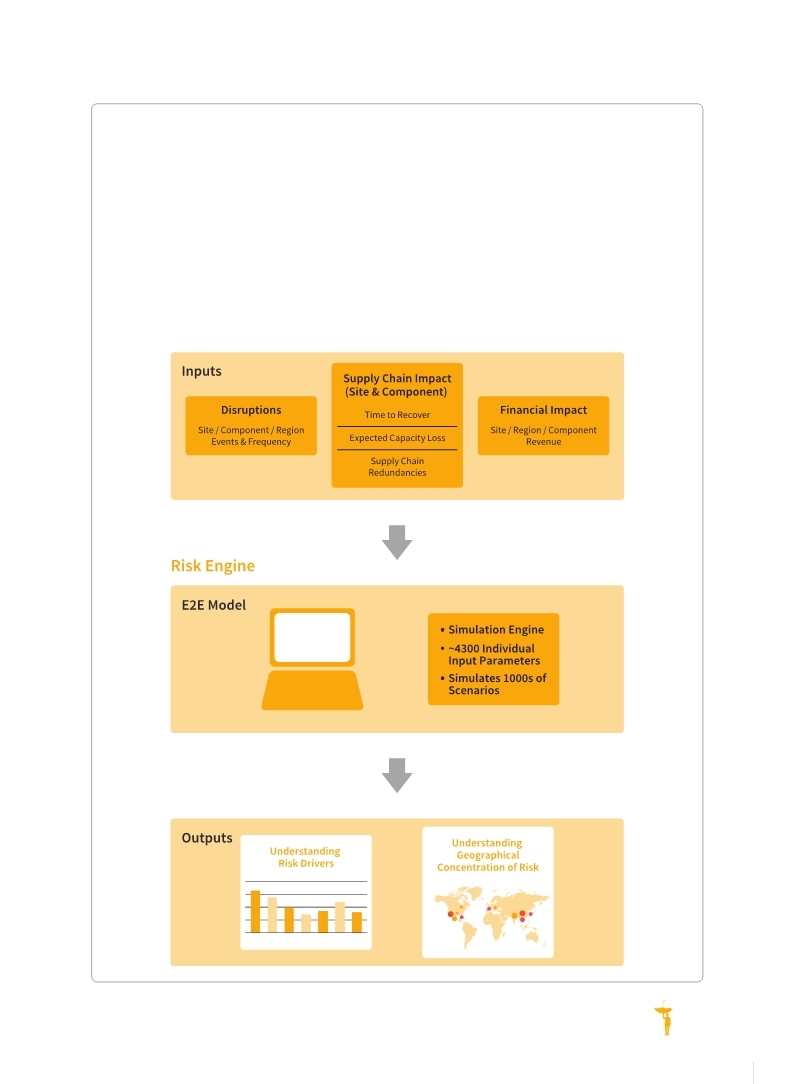

|

187
Box 11.4 Cisco’s comprehensive, proactive risk management programme
Learning from the impact of the Chengdu earthquake of 2008, Cisco, one of the largest global providers of networking equipment, has developed a sophisticated supply chain crisis management system that allows it to proactively manage disaster risks to its assets and operations. Including its worldwide network of supply chain partners, the company combines business continuity planning information with supply chain visibility and disaster risk data, identifying hotspots before and during a crisis (Harrington and O’Connor, 2009).
The use of a risk engine enables Cisco to assess the likelihood of supply chain disruptions and to generate heat maps based on likelihood and impact (Figure 11.2). This engine incorporates complex datasets, including data on flood risk, geology and geopolitics, supplier performance, as well as actuarial data (Ibid.). This tool provides the basis for accumulation of comprehensive information on drivers, trends and patterns of risk and thus for success of Cisco’s resilient supply chains.
Figure 11.2 Risk engine used by Cisco
(Source: Adapted from Harrington and O’Connor, 2009)
|



 |


